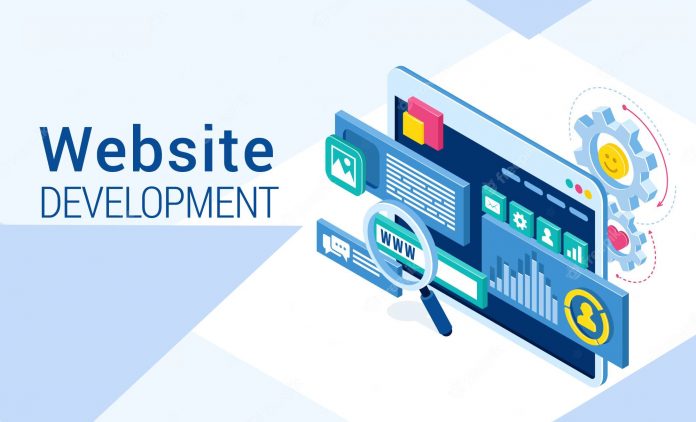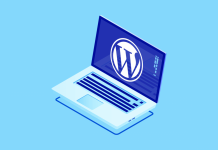In today’s digital age, having a strong online presence is essential for businesses and individuals alike. Whether you’re a small business owner, an entrepreneur, or simply someone looking to share your passions with the world, a well-crafted website can be your ticket to success. However, before you embark on the exciting journey of website development, it’s crucial to understand the significance of budgeting for this endeavor and how it sets the stage for informed decision-making.
How Much for Website Development in Singapore
| Website Type | Cost Range (SGD) |
|---|---|
| Basic One-Page Site | $1,500 – $2,000 |
| WordPress Template | $3,000 – $5,000 |
| Fully Customized Solution | $5,000 – $10,000 |
| eCommerce or Membership Site | $20,000 (and up) |
Factors Affecting Website Development Costs
When it comes to website development, one size certainly does not fit all. The cost of building a website can vary significantly from one project to another, and understanding the factors that influence these costs is essential for effective budgeting and decision-making. Let’s explore some of the key factors that can affect website development costs:
1. Website Type and Complexity
The type of website you want to build plays a fundamental role in determining its cost. Websites can be broadly categorized into several types, including:
- Simple Informational Websites: These are basic websites that provide essential information about a business, individual, or organization. They typically consist of a few pages, such as a homepage, about page, contact page, and maybe a blog.
- E-commerce Websites: If you plan to sell products or services online, an e-commerce website is necessary. These sites require robust features for product listings, shopping carts, payment processing, and security.
Ready to dive into the world of eCommerce website development? Click here to read our article now!
- Content Management Systems (CMS): Websites built on platforms like WordPress, Drupal, or Joomla are often used for blogs, news sites, and content-heavy websites. The complexity of your chosen CMS and the extent of customization required can impact costs.
- Custom Web Applications: For highly specialized functionality, such as social networking platforms, online marketplaces, or web-based tools, custom web application development is necessary. These projects tend to be the most complex and costly.
2. Design and Branding Considerations
Your website’s design is another crucial factor affecting costs. A well-designed website not only enhances user experience but also contributes to the overall branding and identity of your business or project. Factors that influence design costs include:
- Custom vs. Template Design: Custom-designed websites tailored to your brand will typically cost more than using pre-designed templates.
- Graphics and Multimedia: Incorporating high-quality images, videos, animations, and other multimedia elements can increase design costs.
- Responsive Design: Ensuring your website looks and functions well on various devices (desktop, tablet, mobile) adds complexity to the design process.
3. Features and Functionality
The features and functionality you want to include on your website significantly impact costs. Features might include:
- User registration and profiles
- Search functionality
- Content management systems
- E-commerce capabilities
- Forums and discussion boards
- Social media integration
- Online booking and reservations
- Membership systems
Each feature adds complexity to the development process, which can increase both time and cost.
4. Content Creation and Management
Creating and managing content is a critical aspect of website development. Costs in this area can include:
- Content Creation: Writing, editing, and formatting text, as well as creating images and videos for your website.
- Content Management System (CMS): Implementing a CMS for easy content updates and maintenance.
- SEO Optimization: Ensuring your content is optimized for search engines, which can involve keyword research, meta tags, and more.
5. Third-Party Integrations
Many websites rely on third-party services and integrations to enhance functionality. These integrations can include payment gateways, social media platforms, email marketing tools, and more. The complexity and number of integrations required can affect development costs.
6. Mobile Responsiveness and SEO
Mobile responsiveness is no longer an option; it’s a necessity. Ensuring your website looks and functions well on mobile devices adds to development costs. Additionally, investing in Search Engine Optimization (SEO) to improve your website’s visibility in search results is an ongoing expense that can impact your budget.
Ready to kickstart your online presence? Dive into our article on how to create a business website now!
Different Approaches to Website Development Costs
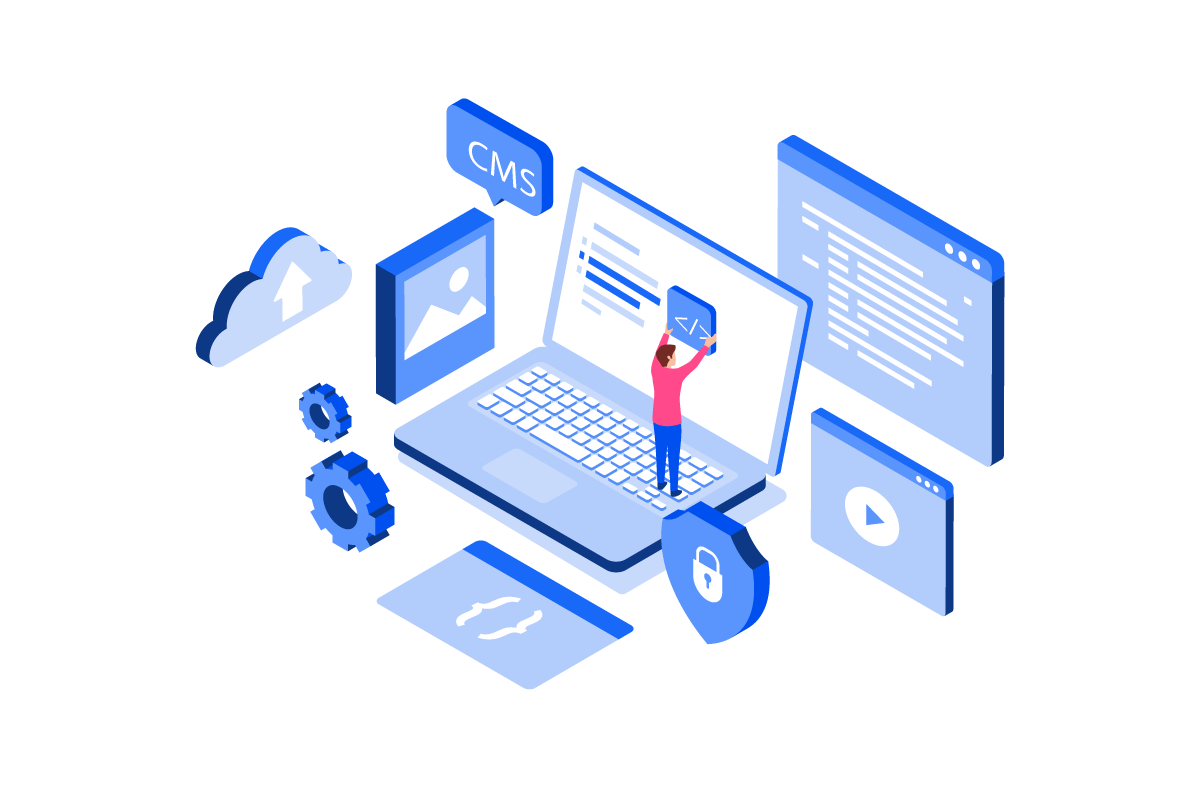
When it comes to website development, there’s no shortage of options and approaches to consider. Each approach comes with its own set of advantages and costs. Let’s delve into some of the different approaches to website development costs to help you make an informed decision for your project:
1. Custom Website Development
Advantages:
- Tailored to Your Needs: Custom websites are built from the ground up, allowing for complete customization. You can create a unique online experience that precisely matches your vision and requirements.
- Scalability: Custom websites are highly scalable. You can start with a basic version and add features as your business or project grows.
- Optimized Performance: You have full control over code and functionality, which enables you to optimize your site’s performance for speed and security.
- Branding and Uniqueness: A custom website is a powerful tool for building a strong brand identity and setting yourself apart from competitors.
Cost Considerations:
- Higher Initial Cost: Custom development typically requires a higher upfront investment due to the extensive planning, design, and coding involved.
- Extended Development Timeline: Building a custom website takes time, which can impact your time-to-market.
2. Website Templates and Themes
Advantages:
- Affordability: Templates and themes are often more budget-friendly than custom development, making them a popular choice for small businesses and individuals.
- Quick Deployment: Ready-made templates and themes can significantly reduce development time, allowing you to launch your site more quickly.
- Design Inspiration: Templates and themes often come with pre-designed layouts and styles, providing design inspiration even if you plan to customize them.
Cost Considerations:
- Limited Customization: While you can customize templates and themes to some extent, they may not fully meet your unique requirements or branding needs.
- Less Scalability: As your website grows, you may encounter limitations with templates and themes, necessitating custom development or extensive modifications.
3. Content Management Systems (CMS)
Advantages:
- User-Friendly: CMS platforms like WordPress, Drupal, and Joomla are user-friendly, making it easier for non-technical users to manage content.
- Vast Plugin Ecosystem: CMS platforms offer a wide range of plugins and extensions that can add functionality to your site without extensive custom coding.
- Cost-Effective: CMS solutions can be cost-effective, especially when leveraging existing plugins and themes.
Cost Considerations:
- Customization Costs: While CMS platforms provide flexibility, extensive customization can still be required for unique features or designs, which can add to development costs.
- Plugin Costs: While many plugins are free, some premium plugins may come with a price tag.
4. Outsourcing vs. In-House Development
Advantages of Outsourcing:
- Cost Savings: Outsourcing can be cost-effective, particularly when working with development teams in regions with lower labor costs.
- Access to Expertise: You can tap into the expertise of specialized development teams with experience in different technologies and industries.
- Time Efficiency: Outsourcing can expedite development due to the availability of a dedicated team.
Advantages of In-House Development:
- Control: In-house teams offer greater control over the development process and immediate communication with team members.
- Security: Sensitive projects or industries may prefer in-house development for enhanced security and data control.
Cost Considerations:
- Outsourcing Fees: While outsourcing can be cost-effective, it’s essential to evaluate potential fees, such as project management and communication costs.
- Quality Assurance: Ensuring the quality of outsourced work may require additional time and resources.
Ready to make the right choice for your project? Explore our article on In-House vs. Outsourcing Development and gain valuable insights today!
Website Development Pricing Models
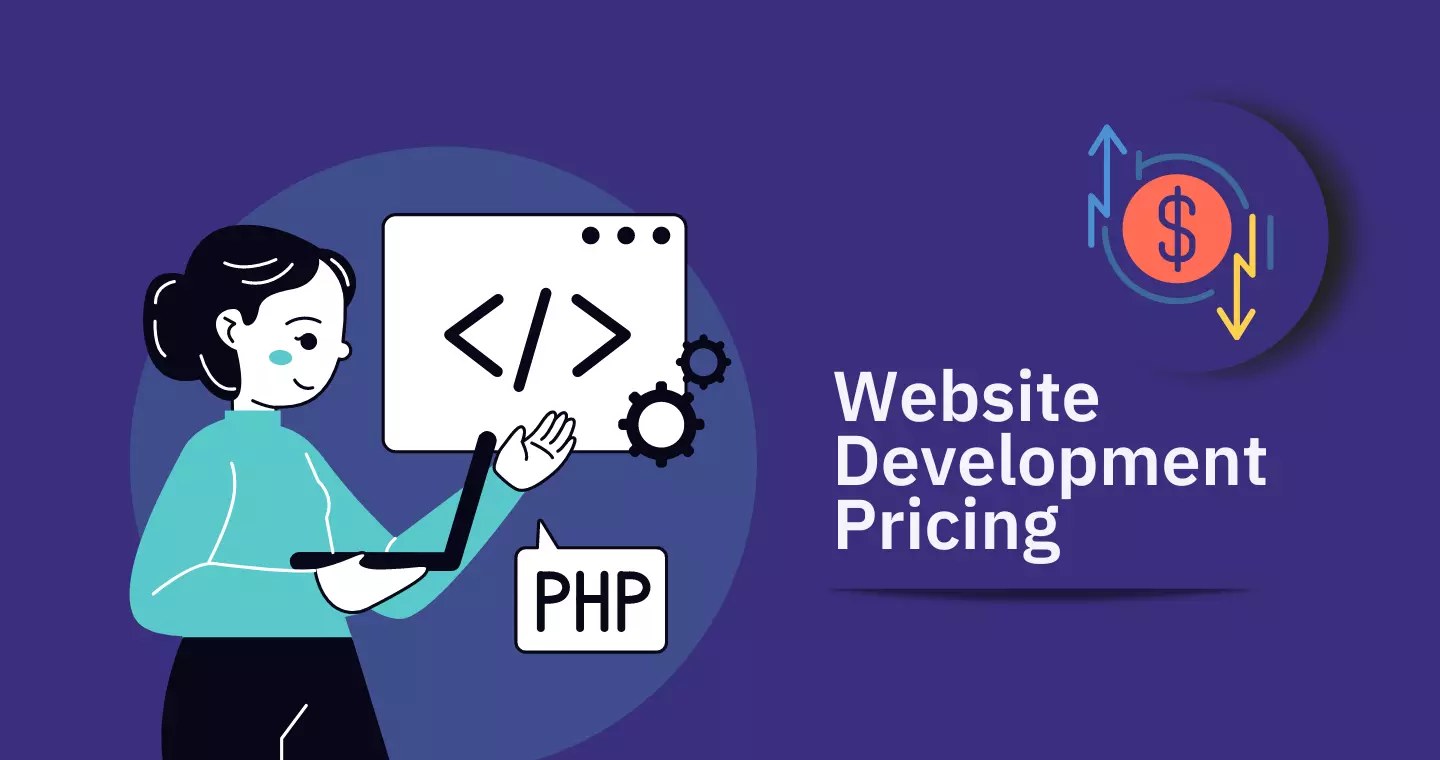
Pricing is a critical aspect of any website development project. How you choose to structure the pricing can significantly impact your project’s budget, your relationship with your development team, and the overall success of your website. Here are three common pricing models for website development:
1. Fixed-Price Model
The fixed-price model is straightforward and easy to understand. With this approach, you and the development team agree on a fixed cost for the entire project before work begins. This pricing model is often favored for its predictability and clarity.
Advantages:
- Budget Predictability: You know the exact cost of your project upfront, making it easier to plan and allocate resources.
- Clear Scope: Fixed-price projects typically come with a well-defined scope, reducing the risk of scope creep.
- Timeline Expectations: You can also establish a clear timeline for project delivery.
Considerations:
- Limited Flexibility: Changes or additions to the project scope may result in additional costs, so it’s crucial to have a detailed project scope from the outset.
- Rigidity: The fixed-price model can be less adaptable to unexpected changes or evolving project requirements.
2. Hourly Rate Model
In the hourly rate model, you pay the development team for the actual hours they work on your project. This model offers more flexibility than fixed-price contracts and is often used for projects where the scope is not well-defined at the start.
Advantages:
- Flexibility: You can adapt the project as it progresses, making changes or additions as needed.
- Transparency: Hourly billing provides transparency into how time and resources are allocated.
- No Fixed Budget: If the project scope is uncertain, the hourly model allows you to start with a more open-ended budget.
Considerations:
- Budget Uncertainty: While the hourly rate model offers flexibility, it can result in budget uncertainty if not carefully managed.
- Monitoring and Accountability: You need to closely monitor the development process to ensure hours are used efficiently and effectively.
3. Value-Based Pricing
Value-based pricing is a more nuanced approach that focuses on the perceived value of the website to your business. Instead of paying for hours or specific features, you agree on a price based on the expected return on investment (ROI) or the value the website will bring to your organization.
Advantages:
- Alignment with Goals: Value-based pricing ensures that the development team is aligned with your business goals and objectives.
- Incentivizes Performance: It incentivizes the development team to deliver results and value rather than just completing tasks.
- Shared Risk and Reward: Both parties share in the potential risks and rewards of the project’s success.
Considerations:
- Complex Negotiations: Determining the value and ROI can be complex and may require extensive discussions and analysis.
- Measuring ROI: Accurately measuring the ROI of a website can be challenging and may require ongoing tracking and analysis.
Ready to dive into the web development lifecycle? Click here to read our in-depth article and master the steps for successful website development!
Creating a Realistic Website Development Budget
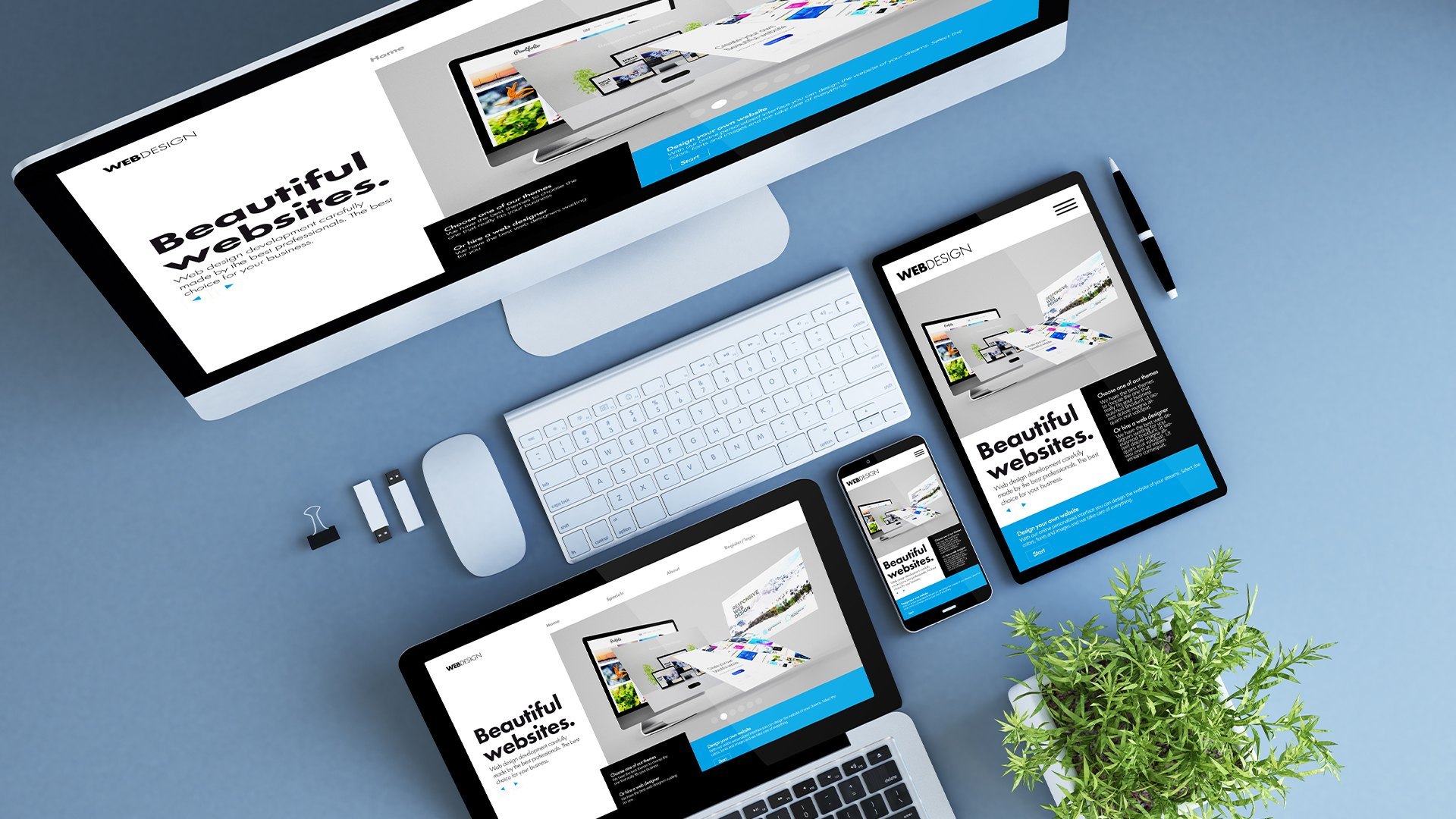
A well-defined budget is the cornerstone of a successful website development project. It ensures that your project stays on track, resources are allocated efficiently, and you have a clear plan to achieve your objectives. Let’s explore the essential steps to create a realistic website development budget:
1. Defining Your Project Scope
The first and most critical step in creating a budget is defining your project’s scope. This involves determining the following:
- Website Type: What type of website are you building? Is it an informational website, an e-commerce platform, a blog, or a custom web application?
- Features and Functionality: What features and functionality do you need? Create a detailed list of the specific features your website will include. Be sure to differentiate between “must-have” and “nice-to-have” features.
- Design Requirements: Consider the design elements you require. Will you use a template, opt for a custom design, or choose a content management system with pre-designed themes?
- Content Needs: Assess your content needs, including the volume of content, multimedia elements (images, videos), and whether you’ll need content creation services.
- Timeline: Determine your project’s timeline. When do you need the website to be launched or updated?
- Third-Party Integrations: Identify any third-party services or integrations you require, such as payment gateways, CRM systems, or social media integration.
2. Setting Clear Objectives and Goals
Clear objectives and goals are essential for shaping your website development budget. Consider the following:
- Business Objectives: What are the overarching objectives of your website? Is it to increase sales, generate leads, provide information, or engage users?
- Key Performance Indicators (KPIs): Define specific KPIs to measure the success of your website. These may include conversion rates, traffic growth, or user engagement metrics.
- Return on Investment (ROI): Determine the expected ROI of your website. How will it contribute to your business’s bottom line?
- User Experience (UX) Goals: Consider the user experience you want to deliver. User-friendly navigation, fast load times, and responsive design are often key goals.
3. Allocating Resources Efficiently
With your project scope and objectives in mind, allocate your resources efficiently. This involves budgeting for the following:
- Development Costs: Estimate the cost of development, including design, coding, and any third-party integrations. Consider the pricing model you’ve chosen (fixed-price, hourly rate, or value-based) when budgeting for development.
- Content Creation: If you’re not handling content creation in-house, allocate resources for content writers, graphic designers, and multimedia creators.
- Design Expenses: Budget for design-related costs, whether it’s custom design work, theme purchases, or graphic assets.
- Maintenance and Updates: Don’t forget ongoing maintenance costs, which can include security updates, content updates, and general website upkeep.
- Marketing: Allocate resources for website marketing and promotion. This may involve digital advertising, search engine optimization (SEO), or social media marketing.
4. Contingency Planning for Unexpected Expenses
No matter how meticulously you plan, unexpected expenses can arise during a website development project. To mitigate the impact of these surprises, consider the following:
- Contingency Fund: Set aside a contingency fund, typically around 10-15% of your total budget, to cover unexpected costs that may arise during development.
- Scope Change Process: Establish a clear process for handling scope changes. When new requirements or features arise, ensure there’s a formal process for evaluating their impact on the budget and timeline.
- Vendor Relationships: Maintain open and transparent communication with your development team or agency. This will help address issues and surprises promptly.
- Regular Budget Reviews: Periodically review your budget throughout the project to track expenses and ensure they align with your original plan.
Explore the top web development programming languages in our article and supercharge your coding skills today! Click here to read now!
Comparing Quotes and Estimates in Website Development

Once you’ve decided to embark on a website development project, the next crucial step is to gather quotes and estimates from potential development teams or agencies. Comparing these proposals is essential to ensure you select the right partner for your project. Here’s a guide on how to effectively compare quotes and estimates:
1. Requesting and Evaluating Proposals
Requesting Proposals:
- Reach out to multiple development teams or agencies to request proposals for your project.
- Provide a clear and detailed project brief, including your project scope, objectives, design preferences, and any specific requirements.
Evaluating Proposals:
- Pay close attention to how well the proposals align with your project’s goals and needs.
- Look for evidence of past work and experience in similar projects.
- Consider the responsiveness and communication of the development team during the proposal phase.
2. Identifying Hidden Costs and Potential Pitfalls
Scope of Work:
- Ensure that each proposal outlines a comprehensive scope of work, including all the features, functionalities, and design elements you’ve discussed.
- Be wary of vague language or unspecified details in the proposals.
Timeline and Milestones:
- Review the proposed timeline and milestones for your project. Are they realistic and achievable?
- Look for any potential bottlenecks or delays in the project plan.
Maintenance and Support:
Inquire about post-launch maintenance and support. Some proposals may include ongoing support in the initial quote, while others may charge separately.
Third-Party Costs:
Clarify any third-party costs or fees that may not be included in the proposal, such as domain registration, hosting, or premium plugin licenses.
Hidden Fees:
Scrutinize the proposals for any hidden fees or additional charges not explicitly mentioned.
Scalability:
Consider the scalability of the proposed solution. Will it accommodate future growth and changes to your website?
3. Negotiating for the Best Deal
Discussing Budget:
- Once you’ve received proposals, it’s often possible to negotiate the terms and budget with the development teams.
- Be transparent about your budget constraints, but also be open to discussing value-added services or features if they align with your project’s goals.
Flexibility:
Explore flexibility in the proposed scope. Are there features or functionalities that could be added or removed to better fit your budget?
Payment Terms:
Review the payment terms outlined in the proposals. Some teams may offer payment plans that can help distribute costs more evenly throughout the project.
Contracts:
- Ensure that the terms and conditions, as well as the deliverables, are clearly outlined in the contract.
- Seek legal advice if necessary to ensure you fully understand and agree to the contract terms.
Client References:
Before finalizing your decision, consider asking for client references from the development teams. Speaking with past clients can provide valuable insights into the team’s performance and reliability.
Ready to discover how many hours it takes to develop a website? Click here to read our in-depth article now!
Trends in Website Development Costs (2023)
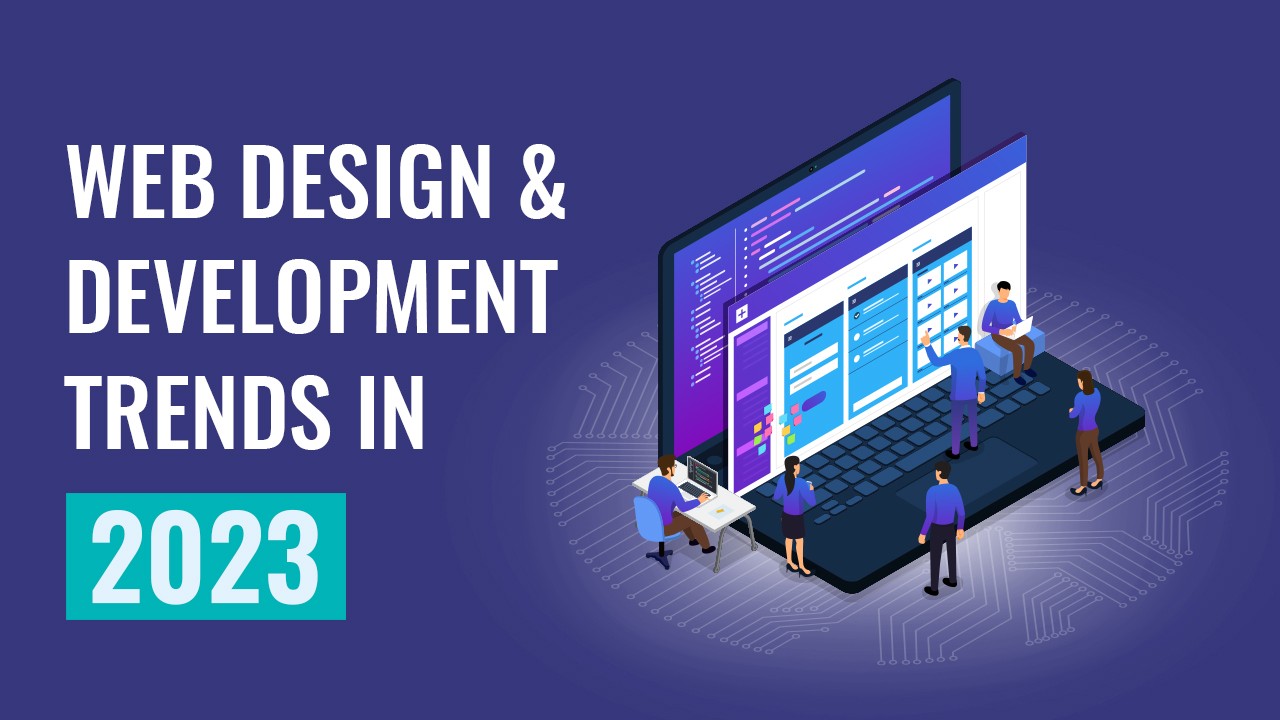
Website development is a dynamic field that continually evolves to meet changing technological and user demands. In 2023, several trends are shaping the landscape of website development costs and influencing how businesses and individuals approach their web projects. Let’s explore these trends:
1. Current Industry Insights and Trends
a. Mobile-First Development:
With an increasing number of users accessing websites via mobile devices, mobile-first development is a top priority. Ensuring that websites are not only responsive but also optimized for mobile performance is a key trend.
Discover the right choice for your digital project. Read our article on Web vs. Mobile App Development now!
b. Progressive Web Apps (PWAs):
PWAs continue to gain popularity as they offer a balance between web and mobile app experiences. They are cost-effective to develop and maintain, making them an attractive option for businesses.
Bonus Article: How does PWA Work?
c. Accessibility Standards:
Accessibility is no longer an option; it’s a legal requirement and an ethical imperative. Websites must comply with accessibility standards, which may impact development costs as additional testing and adjustments are necessary.
d. Voice Search and SEO:
As voice search becomes more prevalent, website developers are optimizing sites for voice search queries. This can influence content and SEO strategies, potentially affecting costs.
e. Minimalist Design and Performance Optimization:
Streamlined, minimalist design is on the rise. Websites are focusing on speed and performance, which can reduce development complexity and costs.
f. Security and Privacy Compliance:
Cybersecurity and data privacy are paramount. Compliance with regulations like GDPR or CCPA may require additional development work to secure user data.
2. How Emerging Technologies Impact Pricing
a. Artificial Intelligence (AI) and Machine Learning (ML):
AI and ML integration can add a layer of complexity and cost to web development, particularly for applications involving chatbots, personalization, or data analysis.
Related Article: Future of AI
b. Augmented Reality (AR) and Virtual Reality (VR):
Implementing AR and VR experiences on websites can be costly due to the need for specialized development skills and hardware requirements.
c. Blockchain Integration:
Blockchain technology is being explored for various applications, including secure transactions, data storage, and authentication. Integrating blockchain into a website can be a substantial investment.
Related Article: Top Blockchain Development Companies in India
d. Cloud-Based Development:
Cloud technologies offer scalability and flexibility, but they may also introduce subscription costs for hosting and services.
e. Progressive Enhancement:
Building websites with progressive enhancement in mind, which ensures functionality across different devices and browsers, can influence development costs.
f. Headless Content Management Systems (CMS):
Using a headless CMS allows for more flexibility and scalability but may require additional development work compared to traditional CMS platforms.
Optimizing Your Website Development Investment
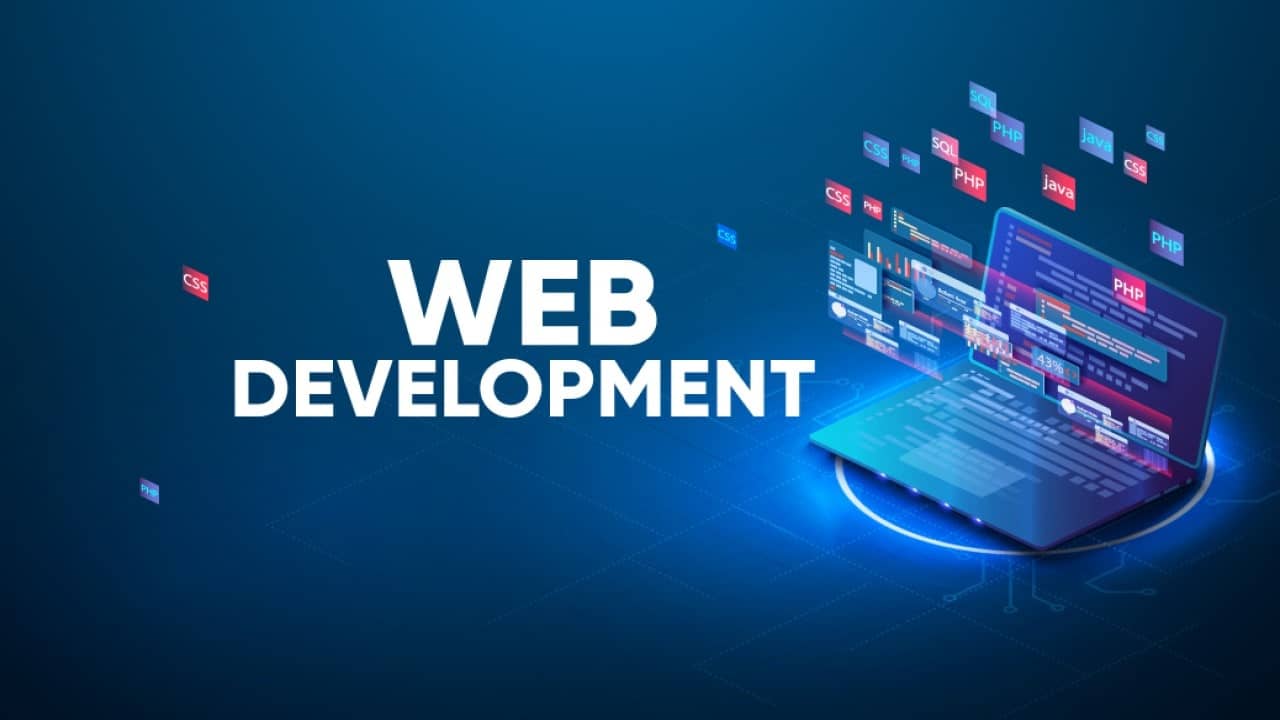
Investing in website development is a significant undertaking, and it’s natural to seek ways to maximize your return on investment (ROI). To ensure you get the most value from your website development project, it’s essential to optimize your investment. Here are strategies to help you achieve this:
1. Strategies for Cost-Saving Without Compromising Quality
a. Clear Project Scope:
- Start by defining a clear and detailed project scope. Avoid scope creep, which can lead to additional costs. Stick to the planned features and functionalities.
b. Prioritize Features:
- Identify the core features that are essential for your website’s launch. Consider postponing non-essential features for future phases to manage costs.
c. Use Templates and Themes:
- Consider using website templates and themes as a cost-effective way to achieve a professional design without the expense of custom design work.
d. Open-Source Solutions:
- Leverage open-source content management systems (CMS) like WordPress, Joomla, or Drupal. They are often free to use and come with a wide range of plugins and themes.
e. DIY Content Creation:
- Create and curate content in-house to save on content creation costs. High-quality, original content can significantly enhance your website’s value.
f. Research Third-Party Tools:
- Explore free or cost-effective third-party tools and integrations for functionalities like analytics, email marketing, and social media management.
g. Efficient Project Management:
- Efficient project management can reduce development time and costs. Ensure clear communication and collaboration between your team and the development team.
h. Testing and Quality Assurance:
- Prioritize thorough testing and quality assurance to catch and address issues early, reducing the need for costly post-launch fixes.
2. Long-Term Considerations: Maintenance and Scalability
a. Ongoing Maintenance:
- Allocate resources for ongoing maintenance, including security updates, bug fixes, and content updates. Regular maintenance prevents costly issues down the line.
b. Scalability Planning:
- Design your website with scalability in mind. Ensure it can accommodate future growth, additional features, and increased traffic without the need for a complete overhaul.
c. SEO and Marketing Investment:
- Invest in search engine optimization (SEO) and digital marketing to increase your website’s visibility and drive traffic. These efforts can lead to a higher ROI over time.
d. Performance Optimization:
- Continuously optimize your website’s performance to ensure fast loading times and a seamless user experience. Slow websites can deter visitors and harm your ROI.
e. User Feedback and Iteration:
- Gather user feedback and use it to make iterative improvements to your website. This ongoing process helps you align your site with user needs and preferences.
f. Analytics and Data Insights:
- Utilize analytics tools to gather data on user behavior and website performance. Data-driven decisions can lead to more effective optimizations.
g. Mobile Responsiveness:
- As mobile usage continues to rise, prioritize mobile responsiveness in your website design and development. Mobile-friendly websites attract and retain more users.
Conclusion
Website development is a dynamic and ever-evolving field, and making informed decisions in this realm is crucial for businesses, organizations, and individuals looking to establish a strong online presence. In this guide, we’ve explored various aspects of website development, from understanding the importance of budgeting to comparing different pricing models and deciding between DIY and professional development.
In the ever-expanding digital landscape, your website is often the first point of contact between you and your audience. It’s a reflection of your brand, your ideas, and your vision. Whether you’re building a website for your business, personal portfolio, or a creative endeavor, careful planning, budgeting, and decision-making are keys to success.
As you embark on your website development journey, remember that it’s not just about building a website; it’s about crafting a meaningful and engaging online experience. Your website has the potential to connect with your audience, drive growth, and make a lasting impact. With the insights and strategies shared in this guide, you’re well-equipped to navigate the world of website development and make the most of your digital presence.
Ready to turn your digital dreams into reality? Contact our expert web development company now and let’s build your online success story together!

